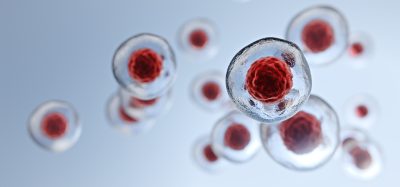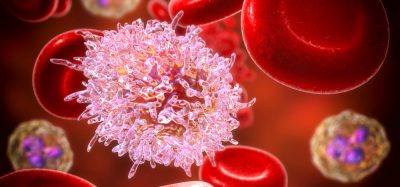Draper and Pfizer partner on human organ-on-a-chip technology
Posted: 10 January 2017 | Niamh Marriott (Drug Target Review) | 1 comment
The companies will collaborate to create unique versions of Draper’s Microphysiological Systems (MPS) technology, with the aim of creating more effective disease models…


Draper announced a three-year agreement with Pfizer. Draper’s MPS technology, more commonly described as “organs-on-a-chip technology,” aims to recapitulate human tissues, allowing researchers to measure tissue function more accurately and more quickly than in traditional preclinical models. In collaboration with Pfizer, Draper is building three unique MPS models for liver, vascular and gastrointestinal organs.
Faster and cheaper
The goal of the MPS technology is to create an improved way for pharmaceutical companies to test potential new drug candidates by yielding more accurate results faster and with less expense than current processes.
The technology combines the control, precision and ability to scale to a higher throughput system with the complexity and organ-specific functionality of human tissues, and can be easily integrated into existing lab automation and screening tools.
Biomarkers aren’t just supporting drug discovery – they’re driving it
FREE market report
From smarter trials to faster insights, this report unpacks the science, strategy and real-world impact behind the next generation of precision therapies.
What you’ll unlock:
- How biomarkers are guiding dose selection and early efficacy decisions in complex trials
- Why multi-omics, liquid biopsy and digital tools are redefining the discovery process
- What makes lab data regulatory-ready and why alignment matters from day one
Explore how biomarkers are shaping early drug development
Access the full report – it’s free!
90% of drugs fail in human clinical trials despite successfully completing animal (in vivo) and lab (in vitro) tests. Such tests fail to replicate the precise cellular conditions of humans, and the results may be misleading.
“We’re engineering an environment that encourages cells to function in vitro as they would in specific human organs in vivo,” explained Joseph Charest, who directs the MPS technology development in Draper’s Biomedical Solutions program office.
“We believe that the real value proposition of Draper’s technology is that, in addition to creating the optimal environment for cell function, our sensing technology measures the function of the cells directly and in real-time while our format ensures the system will scale to high levels of throughput.”
Personalised medicine
“If we’re successful, this technology may enable new patient therapies that are safer and more precisely tailored to a disease, a population or a specific patient,” added Tara Clark, Draper.
“We believe that utilising Draper’s MPS technology has the potential to help us overcome one of the challenges of drug discovery, which is translation from in vitro to in vivo and from preclinical to clinical,”
said John Burkhardt, Vice President, Drug Safety Research & Development, Pfizer. “Finding a more efficient way to bridge the translation gap would enable us to humanise the drug discovery process and reduce dependence on other two-dimensional models, and ultimately to more quickly bring new medicines to patients who need them.”
Draper’s MPS technology was developed by Draper’s Biomedical Solutions business, which is comprised of three areas: Human Organ Systems, Rapid Diagnostics and Precision Medicine.
Related topics
Organ-on-a-Chip
Related people
John Burkhardt, Joseph Charest, Tara Clark








Very good, I have much to learn, thank you.